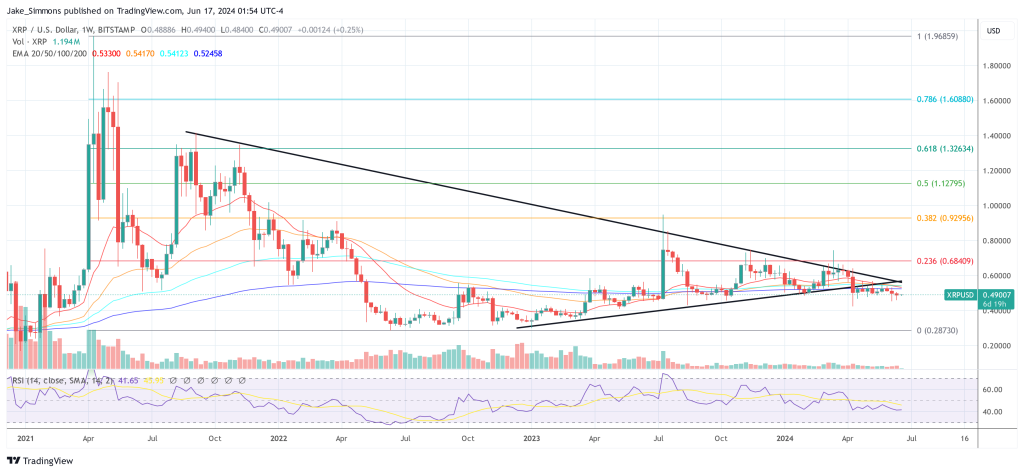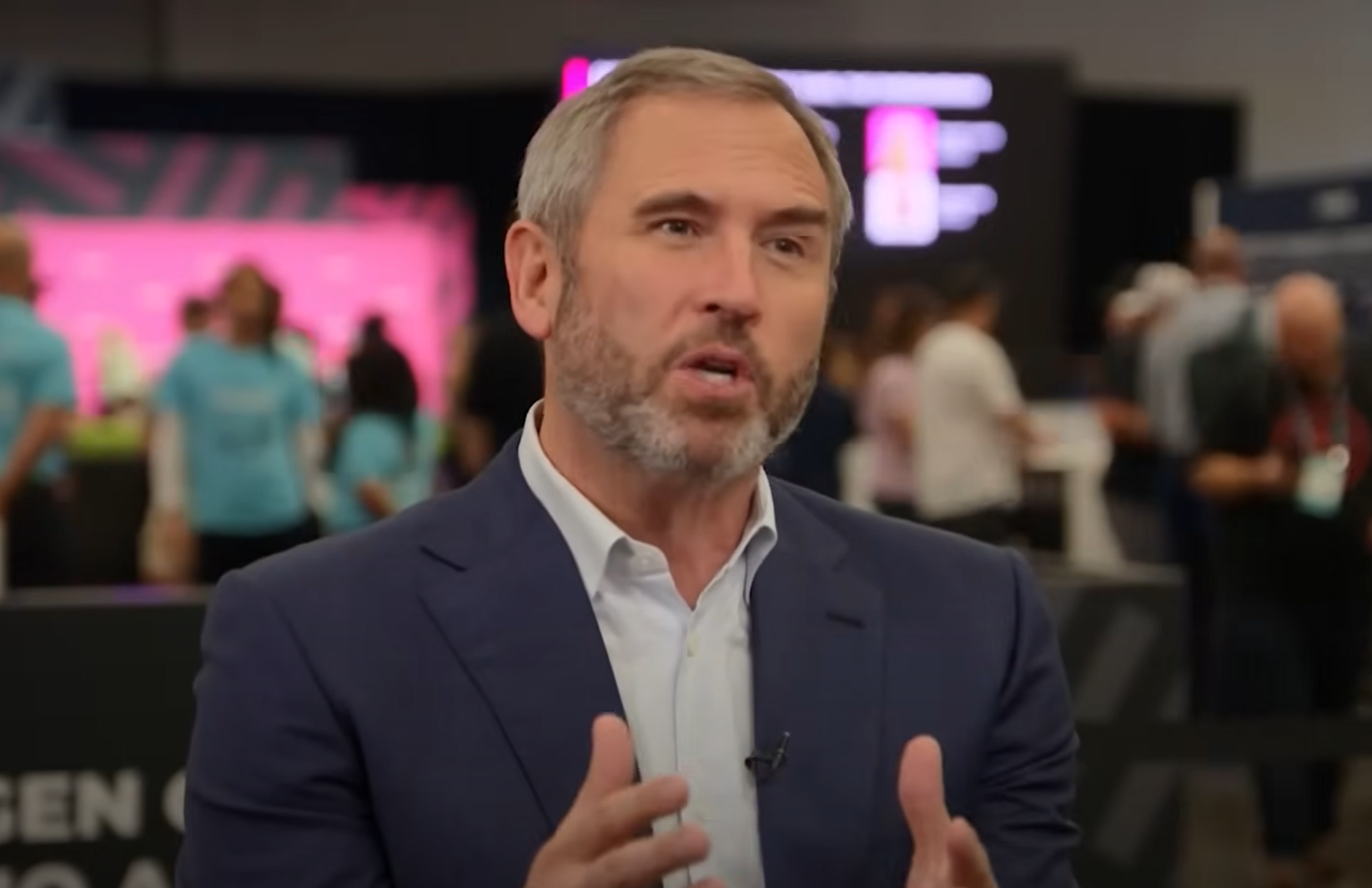Ripple’s CEO, Brad Garlinghouse, has unveiled a significant leap forward in the world of blockchain and digital currency by announcing partnerships with 10 governments to develop Central Bank Digital Currencies (CBDCs). These collaborations aim to harness Ripple’s blockchain technology for the creation and management of government-issued digital currencies, signaling a noteworthy advance in the integration of crypto solutions with traditional banking systems.
“Ripple has invested and is working with about 10 different governments around the world to do central bank digital currencies. I mean a central bank digital currency is a stablecoin, it’s just issued by the government,” Garlinghouse disclosed. Among the partnerships that have been disclosed, each demonstrates a unique approach to embracing blockchain technology to suit specific national needs and contexts.
Ripple Partnerships With Governments Made Public
1. Bhutan: In September 2021, Ripple partnered with the Royal Monetary Authority of Bhutan to pilot a CBDC in Bhutan. The collaboration aimed to use Ripple’s technology to enhance digital and cross-border payments, while also boosting financial inclusion in Bhutan. The project planned to leverage the existing infrastructure of the XRP Ledger, which is known for its low energy consumption and scalability.
2. Republic of Palau: Ripple and the Republic of Palau initiated a partnership in November 2021 to explore the development of a climate-friendly digital currency, potentially acting more like a USD-backed stablecoin rather than a traditional CBDC. This partnership was especially focused on creating alternatives that align with the country’s environmental values and economic needs. This initiative reflected an exploration into how blockchain technology could be leveraged to support sustainable financial development.
3. Montenegro: In April 2023, Ripple announced a collaboration with the Central Bank of Montenegro to assist in launching a CBDC. The project’s goals included evaluating the blockchain technology’s functionality and potential, analyzing benefits and risks associated with digital currencies, and exploring the impact on electronic payments systems. This partnership was also seen as a way to improve financial inclusion and modernize monetary policy within the country.
4. Georgia: Ripple’s partnership with the National Bank of Georgia, announced in 2023, focuses on piloting the Digital Lari. The collaboration aims to test the practical applications of Ripple’s CBDC technology in improving the efficiency, security, and inclusivity of Georgia’s public and financial sectors. This initiative marks a significant step for Georgia in exploring the transformational capabilities of blockchain for economic development.
5. Colombia: In June 2023, Ripple partnered with Banco de la República (Colombia’s central bank) to explore the use of blockchain technology for enhancing the country’s high-value payment systems. The partnership is part of a broader pilot program led by Colombia’s Ministry of Information and Communications Technologies (MinTIC), aiming to educate public entities on blockchain’s benefits. This collaboration seeks to develop solutions that can significantly improve the transparency and efficiency of high-value transactions in Colombia.
At press time, XRP traded at $0.49.

Featured image from YouTube / CNBC, chart from TradingView.com
